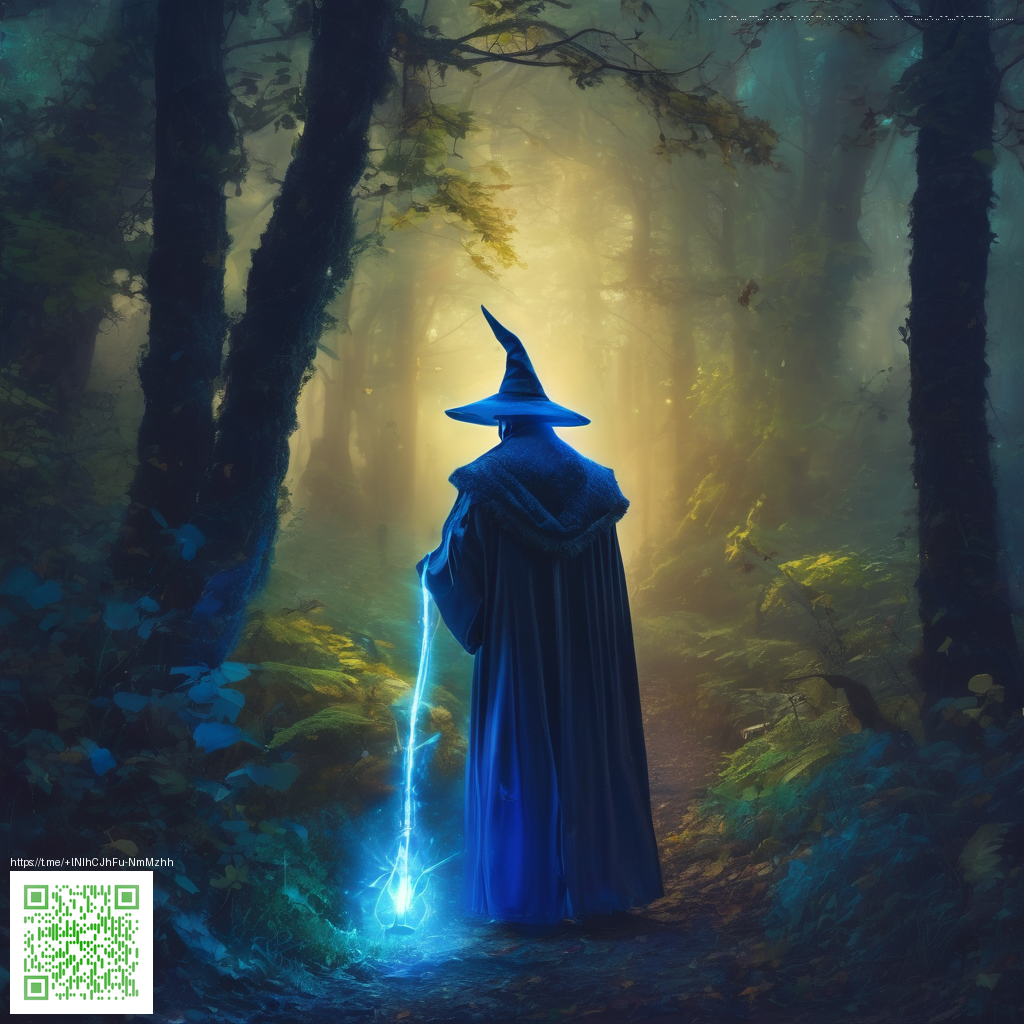
Crafting Lightroom Presets for Photographers: A Practical Guide to faster, more consistent edits
Presets are more than just a shortcut; they’re a design system for your editing process. For photographers who value consistency across shoots, presets can save hours without sacrificing the unique look you’ve developed over time. The goal is not to replace your creative judgment but to accelerate the parts of editing that are routine—while leaving room for the nuanced adjustments that make each image sing.
1) Start with a clear vision
Before you touch a slider, map out the mood you want to achieve and the type of photography you’ll apply it to. Do you want punchy, high-contrast landscapes, or soft, airy portraits? Jot down a few guardrails: tone, color temperature, and a preferred clipping range. This vision will guide the initial parameter choices and ensure your presets stay true to your brand across different lighting situations.
2) Build a modular system
- Base adjustments: exposure, contrast, white balance, and lens corrections set the foundation.
- Color kickers: selectively adjust vibrance, saturation, and hue for skin tones versus skies or foliage.
- Tone curve and color grading: define a signature contrast curve and a subtle color grade to push the overall mood.
- Detail and noise management: sharpen, texture, and noise reduction tuned to your typical shooting conditions.
- Calibration and profiles: fine-tune primary colors to minimize color shifts when applying the preset across cameras or lenses.
With a modular approach, you can apply a core preset to many images and then flip on or off modules depending on the scene. The result is a flexible toolkit rather than a rigid recipe.
“A great preset should feel like a collaborator, not a constraint. It should be easy to tweak and even easier to reuse.”
3) Tailor presets to genres
- Portraits: prioritize skin tones, gentle contrast, and soft highlights. A portrait preset often benefits from a subtle glow and a controlled color balance that keeps complex tones natural.
- Landscapes: emphasize depth with a richer sky, deeper shadows, and a precise color grade that elevates your color story without oversaturation.
- Street and documentary: aim for realism with restrained saturation, nuanced shadows, and a dynamic range that preserves detail in both highlights and shadows.
- Product and still life: crisp detail, accurate white balance, and controlled glare. A clean baseline helps product photography pop without looking artificial.
As you experiment, it’s helpful to keep a small set of genre-specific presets that you can refine over time. This makes your editing consistent across a client’s gallery or a personal portfolio.
4) Test, refine, and document your workflow
Testing is where most presets reveal their true value. Process a representative batch of images from a shoot, compare results, and note where you need to tweak warmth, contrast, or saturation. A simple before/after comparison workflow helps you track progress and avoid drifting too far from your intended look. Maintain a brief log for each preset: what it does well, the kinds of scenes it’s best for, and any caveats you’ve discovered.
On the move or during a client call, you might appreciate a practical on-location setup. For gear organization and quick access to essentials while you edit or present proofs, consider a compact accessory like a Phone Case with Card Holder — Impact-Resistant Polycarbonate MagSafe. It’s the kind of on-hand tool that keeps cords and cards neatly contained as you review shots. If you’re curious about the product, you can explore the details here: https://digital-x-vault.zero-static.xyz/08177918.html.
5) Organize, name, and share your presets
- Give each preset a meaningful, consistent naming convention that includes genre, mood, and a version number (e.g., “Portrait_SoftGlow_v2”).
- Group presets into folders by purpose: base adjustments, color grades, and specialty looks (film emulation, moody black-and-white, etc.).
- Provide a short usage note with each preset so any team member or future you can understand its intent and limitations.
Sharing presets becomes a collaborative process when you document how and where they work best. A well-documented toolkit helps you scale your editing workflow across projects without losing the signature you’ve crafted.
Keep exploring and refining
Presets are an evolving craft. As you shoot different subjects or switch cameras, your presets may need a gentle recalibration. Embrace the iterative nature of this practice, and your editing will feel less like a chore and more like a creative instrument. For more ideas on gear and workflow integration, revisit the referenced resource linked above.